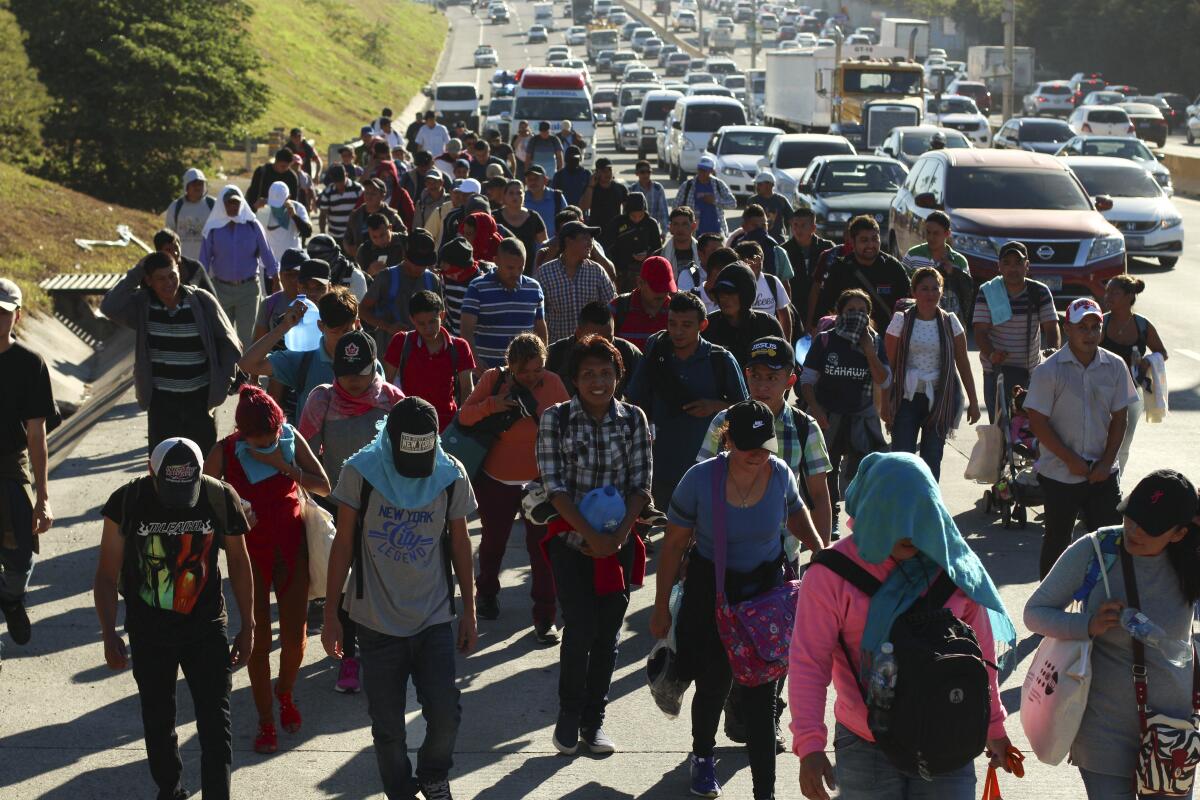The ongoing debate surrounding immigration policy in the United States has intensified, especially with key figures like Kamala Harris at the forefront. As the Biden administration's Vice President, Harris has been labeled variously as the "border czar," a title that critics argue misrepresents her actual responsibilities. This article seeks to clarify her role in the context of U.S. immigration policy and the multifaceted approach she has taken towards addressing the root causes of migration.
In recent years, the surge in migrants arriving at the U.S.-Mexico border has prompted politicians to scrutinize the effectiveness of current immigration strategies. Critics, particularly from the Republican side, have continually disparaged Harris, framing her as ineffective. However, understanding the complexities of her role and the broader context of immigration policy reveals a more nuanced picture.
By focusing on addressing the root causes of migration, such as poverty and violence in Central America, Harris aims to implement long-term solutions rather than temporary fixes. This approach is essential for sustainable immigration management, especially given the historical context of migration patterns that have evolved over decades.
Table of Contents
- Kamala Harris' Role in Immigration Policy
- Addressing Root Causes of Migration
- The Partnership for Central America
- Impact and Results of Harris' Strategies
- Final Thoughts on Immigration Management





